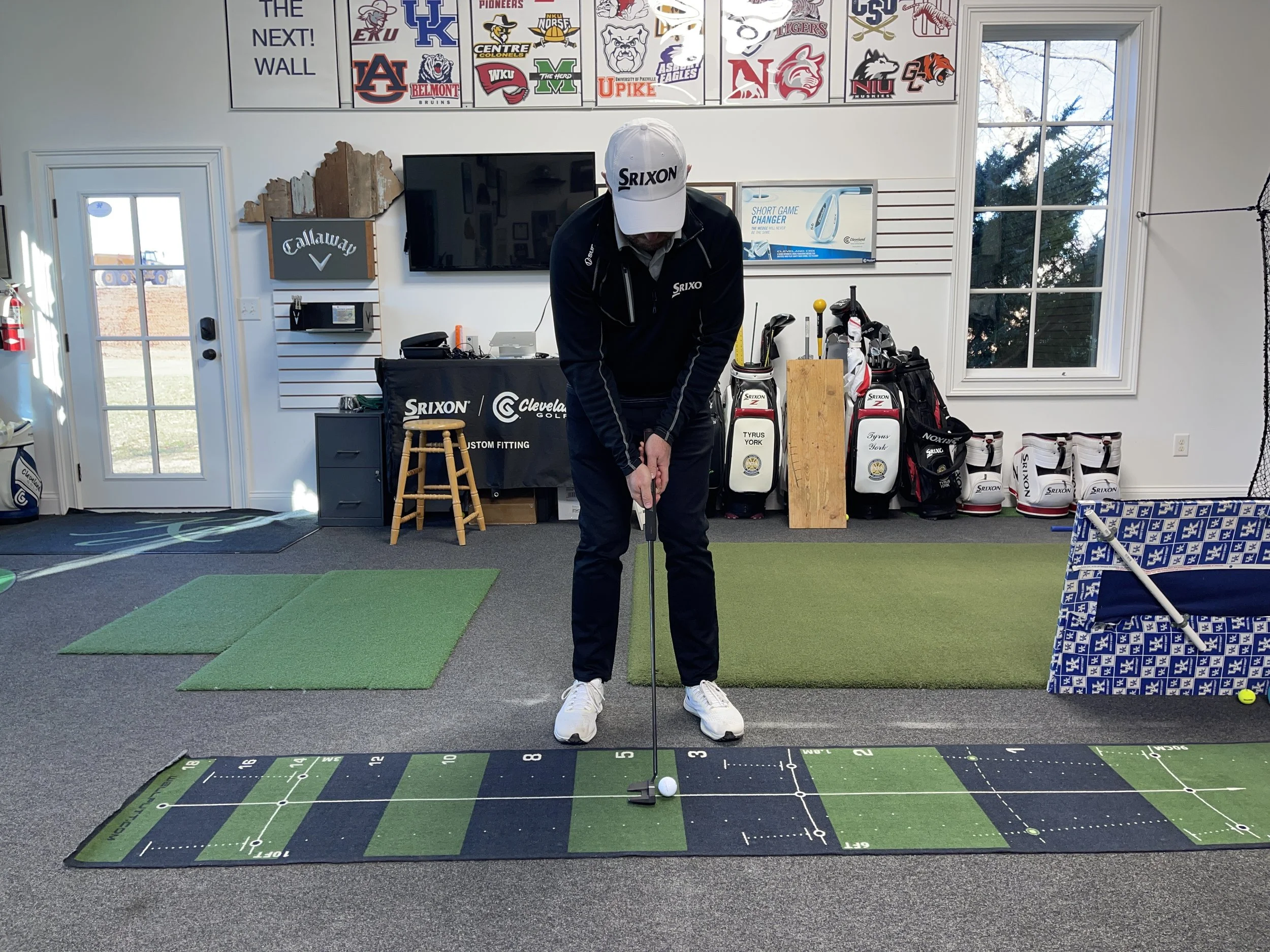Last weekend the Transylvania Women’s Golf team, which I am the head coach, travelled to Franklin, IN to play in our last event of the 2021-22 season. The team closed out the season with a big win, and needless to say, left me very proud of the season they had.
If you were to go to the scores however, you’d see that they were high. In some cases very high. What you won’t see on the scoreboard (found on Golfstat) are what the weather conditions were like for both days of the two day event.
It was warm, which was nice. But it was also super windy. In fact during the final round there were several wind gusts over 30 mph. To put that in perspective, that is getting close to the level where a PGA Tour event would suspend play.
We did not suspend play, and instead had to fight through the tough conditions while fortunately coming out on top.
So what are some general tips for playing in the wind? Below you will find some ideas that hopefully you’ve heard before, and maybe one or two that you haven’t.
How to Succeed in the Wind
“When it’s breezy swing it easy.” The rest goes without saying. Trying to force your swing in windy conditions can result in poor contact, and even worse, extra backspin that can dramatically effect the overall distance of your shot when facing a head wind.
Know that wind will not effect your ball as much as you might think with cross winds. On well struck golf shots, a cross wind may only move the line of your shot slightly. Now, if you draw a ball with the direction of the wind it will curve a lot. So try not to do that. Otherwise hitting a normal, straight shot with a cross wind won’t need dramatic aim adjustments.
Hitting into or down wind? Know how to adjust club selection. Most of you know that you need more club into the wind. Obviously the severity of the wind will determine how much, but just know that hitting into the wind will require more of a club adjustment than down wind. For example, with the winds we had over the weekend, most of the time a head wind needed +2 clubs while down wind only needed -1.
Know how wind affects short game. Primarily the wind will be most noticeable on distance control. A downwind chip, pitch, or putt will roll out farther than normal. And vice versa when into the wind. The biggest thing is keeping your body stable during the swing so that the wind does not affect your balance. This is especially true for putting.
Lastly, be mentally strong. Remember that the wind is effecting everyone on the course, not just you. So if you can manage your emotions better than your competitors, you will have a very good chance to beat them when the conditions get tough!
I’ll be honest, the product below is related to what I just wrote, but it’s a nifty tool to see your swing path when you practice. I recommend.







